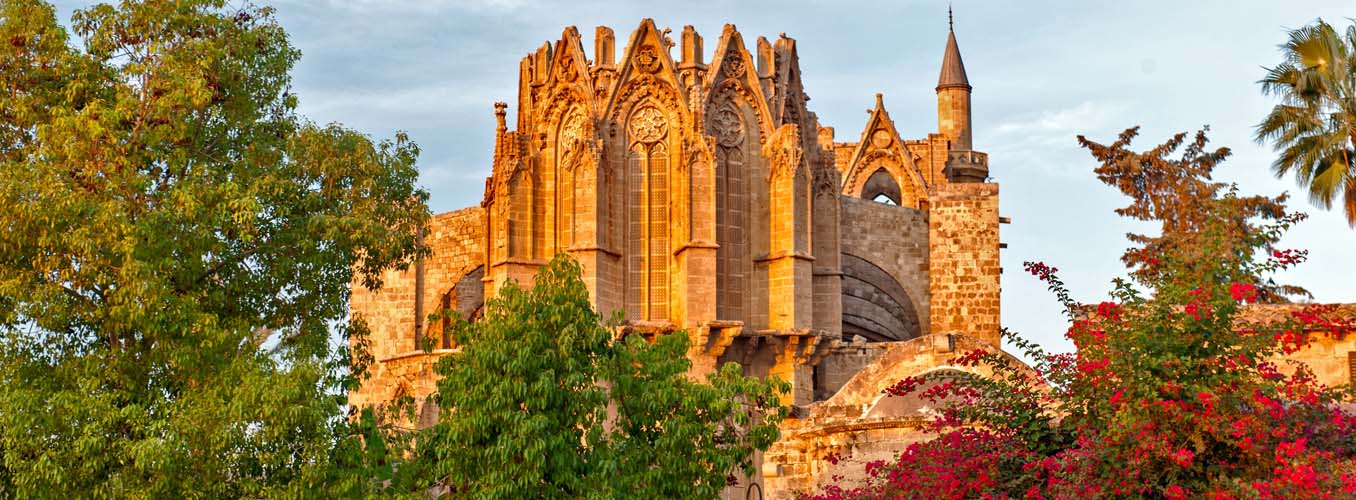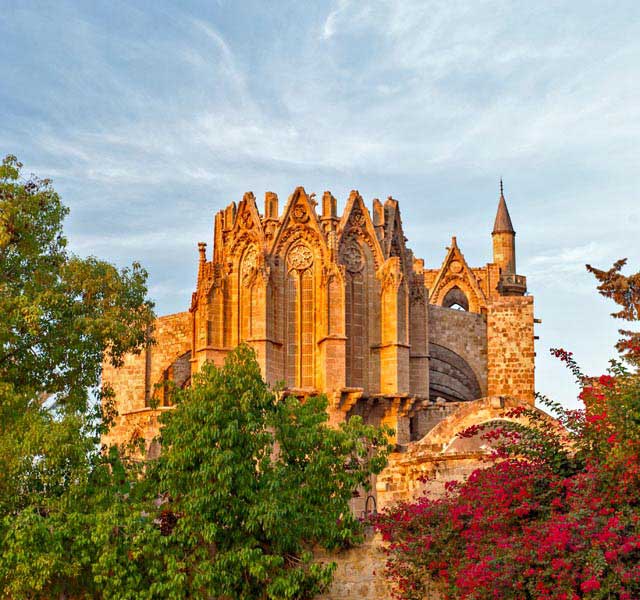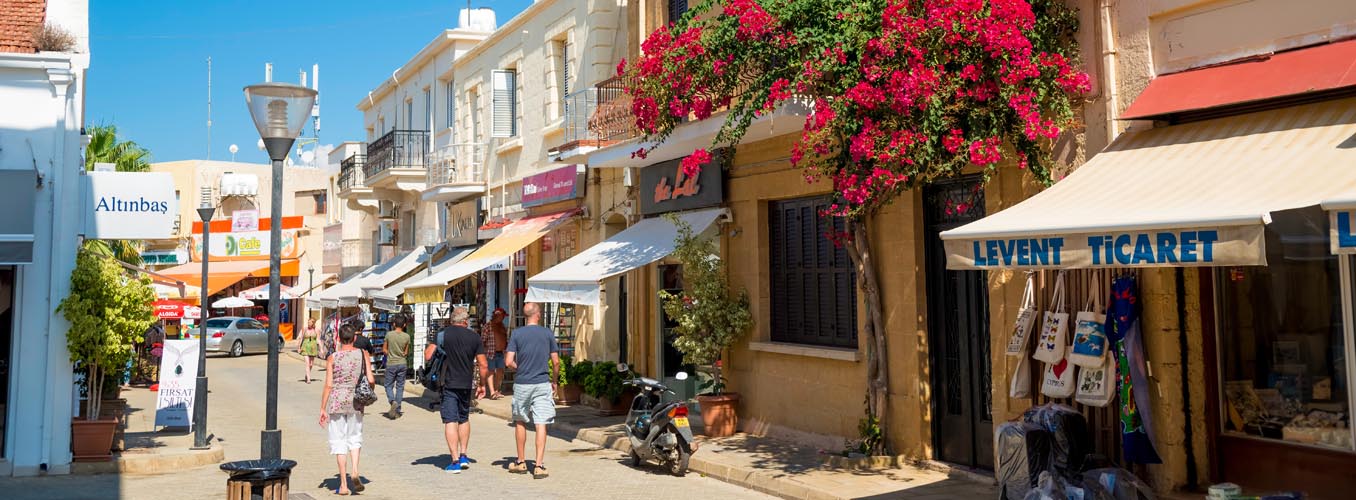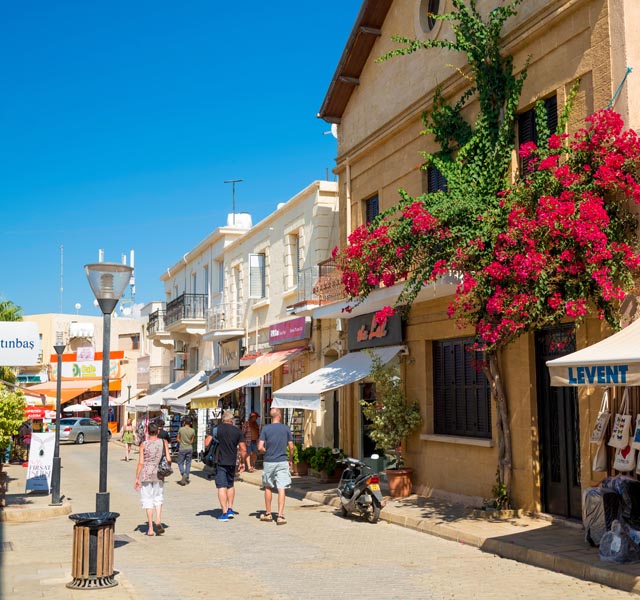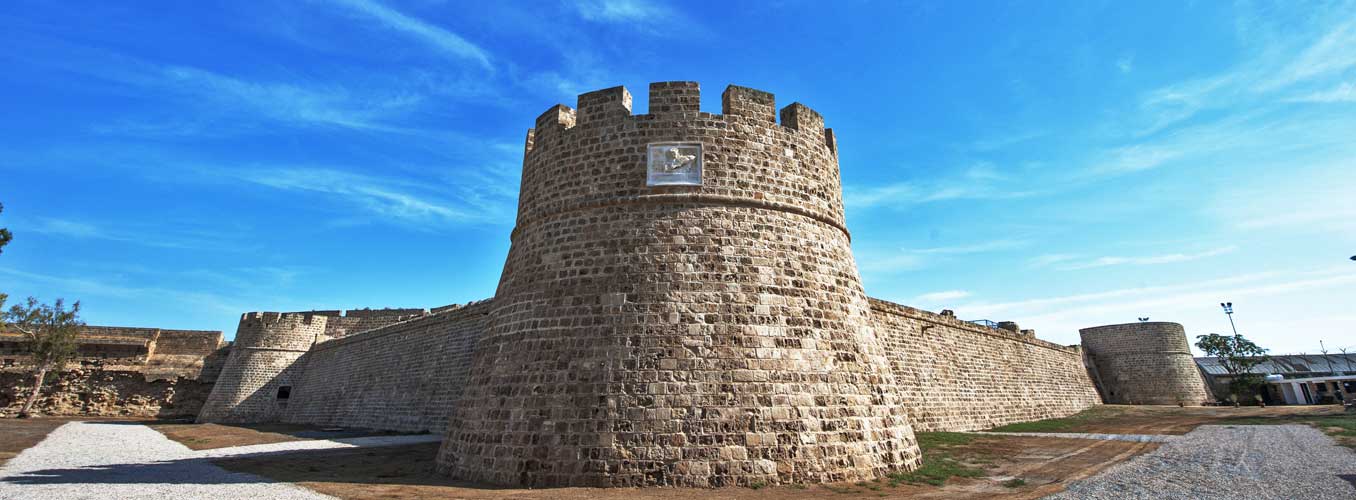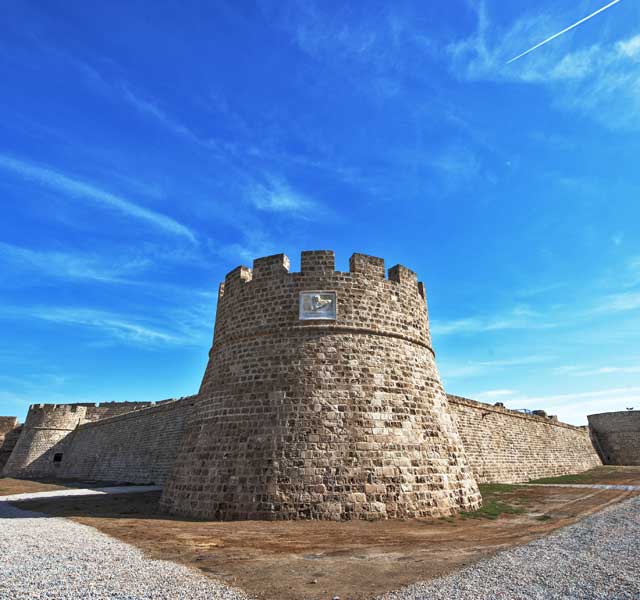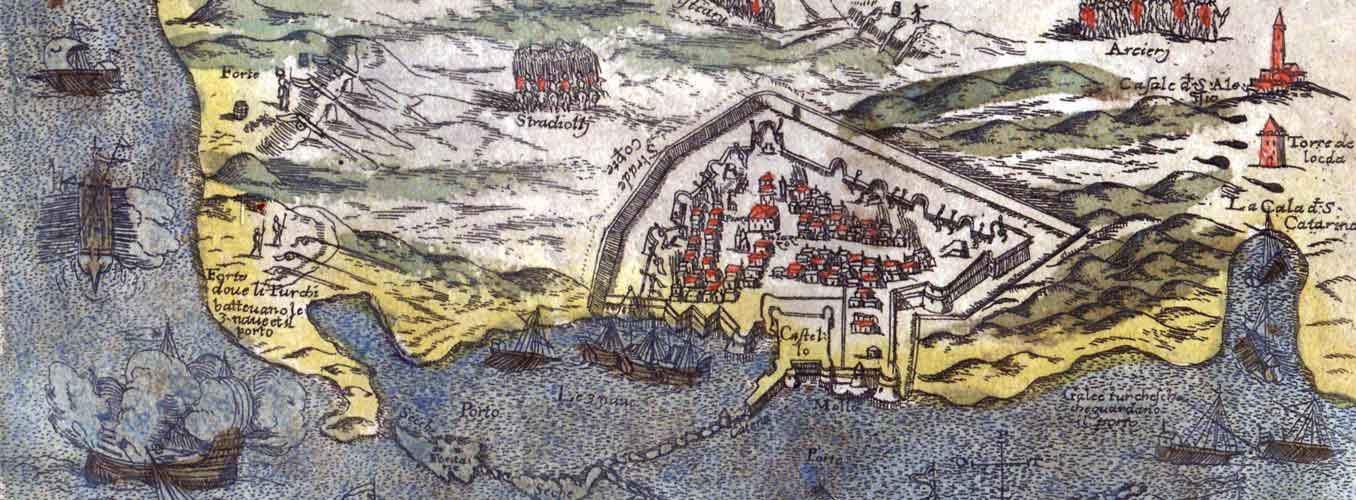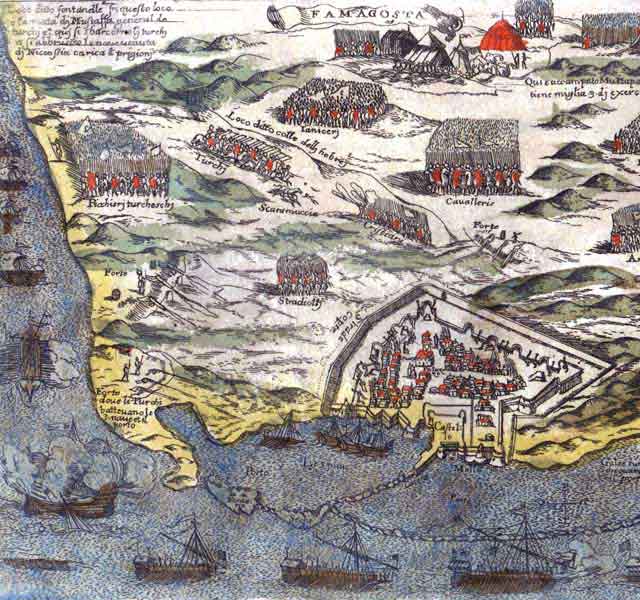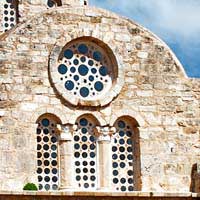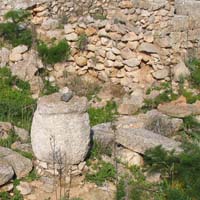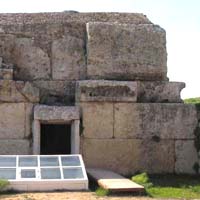There was possibly a settlement here as far back as the 3 rd C BC when the island was under Egyptian control. Following the Arab raids that destroyed Salamis in the 7 th C AD Famagusta began to develop as a port and trading centre. It was after the crusades and the fall of Jerusalem and Acre that the town became fortified and was made a royal city. The Lusignan rulers soon established Famagusta as one of the most important cities in the Levant. Its merchants grew wealthy as the city became a hub for the trade routes from the east, Asia Minor and Europe. Every type of merchandise came and went through the port with the nations of the Mediterranean creating outlets for their goods in the city. Military and religious orders established themselves here as is evident in the remains of the churches they built. The Hospitallers’ of the order of St. John, and the Knights Templar constructed their churches side by side, they are intact to this day and can be found in Kisla Sokak not far from the Lala Mustafa Pasha Mosque. The great edifice dominating the city centre was once the Catholic Cathedral of St Nicholas. It was here that the Lusignan monarchs were crowned as Kings of Jerusalem, forever optimistic that they would one day regain the city they had lost to Saladin. When the Ottomans finally brought Famagusta to its knees and totally vanquished the island, they removed all traces of Catholicism from the church and turned it into a mosque. It became one of the principal places of Muslim worship along with the other converted cathedral in Nicosia. The great palace that was situated opposite the cathedral no longer exists except for one wall with very fine windows, and the courtyard which is now a car park. Next to the palace is the church of SS. Peter and Paul, according to history this was built by a very rich merchant with the profits of one trading expedition. This church too was converted and renamed the Sinan Pasha Mosque. When the population dwindled and it ceased to be used as a place of worship it was used to store grain and is alternatively called the Wheat Mosque. It has also been used as a library. The Djanboulat Bastion and museum commemorates the bravery of the Ottoman commander who effected entry into the city. This is one of the main bastions that are built on vulnerable sections of the city walls guarding the entrances. The others being the Ravelin that protects the land Gate, the huge and impregnable Martinengo Bastion that protected the landward side of the city, and Othello’s Tower that guarded the harbour. There are innumerable ruined churches with the most memorable being St. George of the Greeks. Opening times for museums can be erratic, check before you visit.



